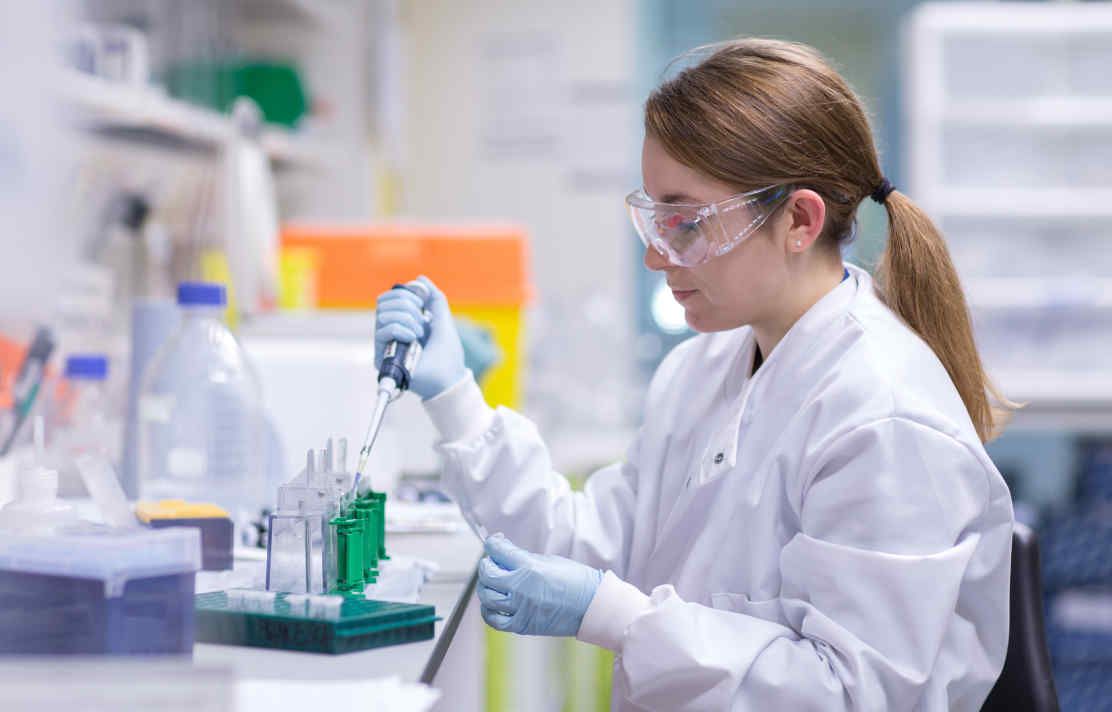BibTex format
@article{Tan:2014:10.1210/jc.2014-2143,
author = {Tan, TM and Salem, V and Troke, RC and Alsafi, A and Field, BCT and De, Silva A and Misra, S and Baynes, KCR and Donaldson, M and Minnion, J and Ghatei, MA and Godsland, IF and Bloom, SR},
doi = {10.1210/jc.2014-2143},
journal = {Journal of Clinical Endocrinology and Metabolism},
pages = {E2317--E2324},
title = {Combination of peptide YY3-36 with GLP-1(7-36) amide causes an increase in first-phase insulin secretion after IV glucose},
url = {http://dx.doi.org/10.1210/jc.2014-2143},
volume = {99},
year = {2014}
}
RIS format (EndNote, RefMan)
TY - JOUR
AB - Context: The combination of peptide YY (PYY) and glucagon-like peptide-1 (GLP-1) has been proposed as a potential treatment for diabetes and obesity. However, the combined effects of these hormones, PYY3–36 and GLP-17–36 amide, on glucose homeostasis are unknown.Objective: This study sought to investigate the acute effects of PYY3–36 and GLP-17–36 amide, individually and in combination, on insulin secretion and sensitivity.Setting and Design: Using a frequently sampled iv glucose tolerance test (FSIVGTT) and minimal modeling, this study measured the effects of PYY3–36 alone, GLP-17–36 amide alone, and a combination of PYY3–36 and GLP-17–36 amide on acute insulin response to glucose (AIRg) and insulin sensitivity index (SI) in 14 overweight human volunteers, studied in a clinical research facility.Results: PYY3–36 alone caused a small but nonsignificant increase in AIRg. GLP-17–36 amide alone and the combination of PYY3–36 and GLP-17–36 amide did increase AIRg significantly. No significant differences in SI were observed with any intervention.Conclusions: PYY3–36 lacks any significant acute effects on first-phase insulin secretion or SI when tested using an FSIVGTT. Both GLP-17–36 amide alone and the combination of PYY3–36 and GLP-17–36 amide increase first-phase insulin secretion. There does not seem to be any additive or synergistic effect between PYY3–36 and GLP-17–36 amide on first-phase insulin secretion. Neither hormone alone nor the combination had any significant effects on SI.
AU - Tan,TM
AU - Salem,V
AU - Troke,RC
AU - Alsafi,A
AU - Field,BCT
AU - De,Silva A
AU - Misra,S
AU - Baynes,KCR
AU - Donaldson,M
AU - Minnion,J
AU - Ghatei,MA
AU - Godsland,IF
AU - Bloom,SR
DO - 10.1210/jc.2014-2143
EP - 2324
PY - 2014///
SN - 0021-972X
SP - 2317
TI - Combination of peptide YY3-36 with GLP-1(7-36) amide causes an increase in first-phase insulin secretion after IV glucose
T2 - Journal of Clinical Endocrinology and Metabolism
UR - http://dx.doi.org/10.1210/jc.2014-2143
UR - http://gateway.webofknowledge.com/gateway/Gateway.cgi?GWVersion=2&SrcApp=PARTNER_APP&SrcAuth=LinksAMR&KeyUT=WOS:000346743100074&DestLinkType=FullRecord&DestApp=ALL_WOS&UsrCustomerID=1ba7043ffcc86c417c072aa74d649202
UR - https://academic.oup.com/jcem/article/99/11/E2317/2836229
UR - http://hdl.handle.net/10044/1/18802
VL - 99
ER -

